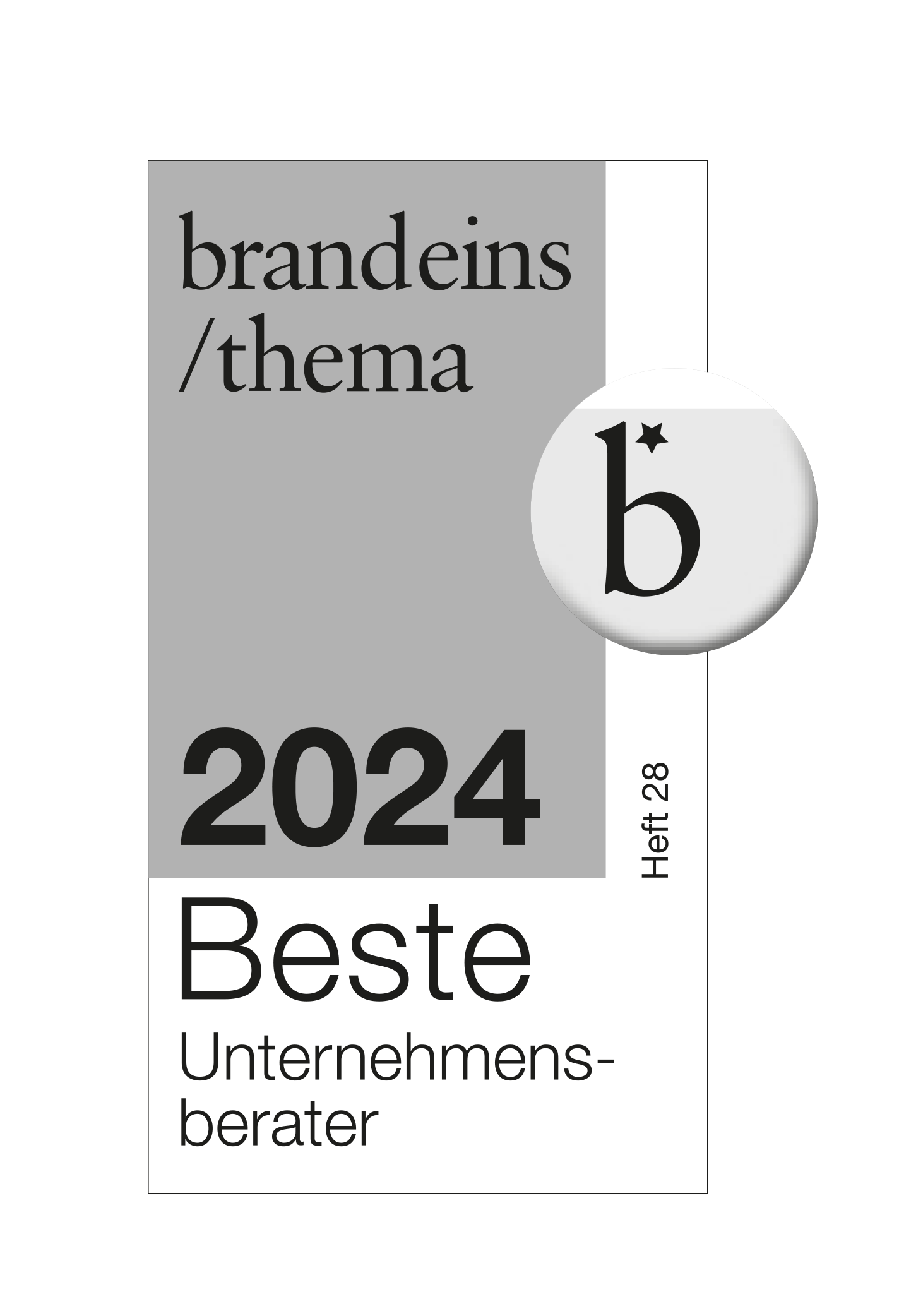The digital twin is one of the most interesting and promising digitalization technologies. According to Gartner, digital twins are among the top 10 of strategic technology trends. While many companies are engaging with the topic, they are far from tapping the full potential of the technology for process optimization and creating added value in particular.
A digital twin is an exact digital 1:1 representation of a real product, a (production) facility or even an entire production line. The complete digital twin consists firstly of a digital shadow, which reflects the as-is state by collecting all physical data. Furthermore, it also consists of a digital master, which uses the digital shadow and derives actions, which can simulate the to-be state. In the process, a sensor system records and controls the data and its transfer to the virtual world. The processing of the data by business analytics or artificial intelligence can take place in the real world or in the digital twin itself.
What sounds abstract at first, is a paradigm shift in the digitalization of products and their production. One example: The development of highly automated and semi-autonomous driving functions is giving our cars a degree of intelligence, making them safer and more comfortable. This development requires the integration of different control devices in the vehicle, which increasingly require testing of the electronics and software by approval bodies. However, testing, homologation, of highly automated driving functions is estimated to require about 6.6 billion test kilometers. In such a field, which can neither be implemented from a time nor a financial perspective, a digital twin can do the groundwork.
This is not only true for the automotive industry. Each company becomes more strategically and operationally agile with the introduction of digital twins. Here, it is important to distinguish between the digitalization of the production and the digitalization of the product. While digitalized processes help increase efficiency in companies, the digitalization of products enables totally new value and performance promises. In the ideal expansion stage, digital twins enable risk analyses, tests, simulations, evaluations of product development and even the development of new business models.
The potential of digital twins is huge. As part of the comprehensive digital transformation in which we live, msg is engaging intensively with these technologies. It is our strength to not only develop common goals with our customers, but also to create business benefits with the help of the digital twin concept. This can only be achieved if digital twins are defined in a way that is application-specific and tailored to each company.
If you want to lift your company out of the world of goods and into a world of service, you can't get around the digital twin.

